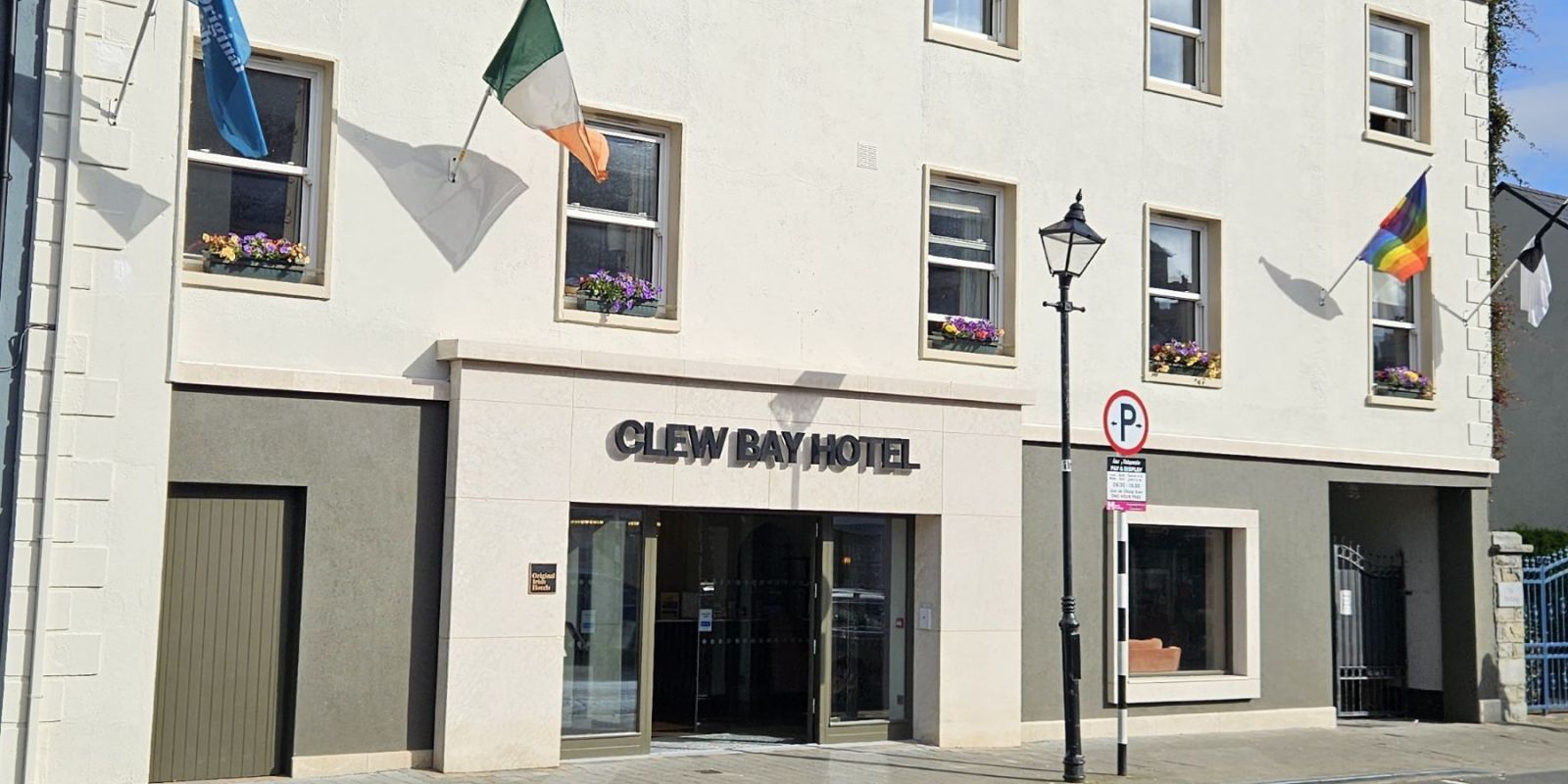Although we love spending time in Westport, we felt like doing a daytrip and looked online for something novel to do. We found a fairly new historical exhibit that piqued our interest - the Irish Workhouse Centre in Portumna. It’s south of Galway and takes right around two hours to reach.
Workhouses had originated in England and Wales as a way of supporting the poor, elderly, and destitute. Conditions were designed to be very unattractive - in actuality, brutal - with little heat during winter, and little food year-round. Work was meaningless, with men breaking rocks and women doing endless reams of laundry. It was thought that lazy and indolent people would take advantage of this charitable effort if the conditions were too comfortable.
In ancient Ireland, rulers looked after the sick and poor. With the coming of Christianity and through the agency of St. Patrick in the late fourth century, the sick, poor, and elderly became the wards of the religious orders and significant care was provided through the monastic orders.
From The Workhouse Story - "From 1535 onwards, Ireland was colonized by English protestant settlers. The land was taken from the Irish and the religious were persecuted. The monasteries were suppressed and the care system broke down. By the beginning of the 1800s, the country was desolate. Of a population of 8 million, it was estimated that some 2.3 million people were at near starvation level."
To this woefully inadequate system of relief came The Great Hunger - An Gorta Mór - the Great Potato Famine of 1845 - 49. The Irish population had doubled between 1720 and 1820. This was primarily due to the introduction of the potato. The potato required much less land to sustain a family, and along with some dairy and some occasional additional protein from meat or fish, provided a quite adequate nutritional diet.
Again from The Workhouse Story - "By the autumn of 1846, the full disaster became apparent. The potato crop was diseased, rotten, inedible. There was nothing to eat, nowhere to go, except to the workhouse. People began to flood in. In some areas, hungry men, women, and children gathered at the workhouse door begging to be admitted. In many places the pathway to the workhouse became known as casan na marbh (pathway of death) because so many people died when they could not get admitted. Inside the workhouse, deaths were so numerous that corpses were carried on special carts day after day to be thrown into mass pauper graves or pits in the workhouse grounds and covered with lime.
"It should be noted that huge quantities of food, in particular grain, were exported from Ireland during this time, often under armed guard." The British felt that the famine was the will of God and that the Papist Irish were being punished for indolence and ignorance. As always happens in genocide, the Irish were portrayed as sub-human in the popular British press – often appearing as monkeys or as the English conception of a leprechaun. In reality, landlords were moving away from a tenant farmer arrangement which allowed for small family-sized leaseholds to an economic model of cattle-raising which required large tracts of land for grazing. The famine, and the workhouses, allowed them to evict families and consolidate holdings. And there was that pesky Irish trait of never quite submitting to colonization - there was always a rebellion brewing among the fiercely independent Irish.
At Portumna, it was required that entire families had to enter the workhouse. Families were separated, men from women, children from adults. There were separate wards for men, women, boys from age two to fifteen, and girls from age two to fifteen. Children under the age of two were allowed to stay with their mothers, but were taken away when they turned two. For some families, it was the last time they saw one another.
During the famine years, it is estimated that over one million people starved to death. Over two million emigrated to England, Canada, America, and Australia. There were so many deaths during transit that the ships became known as "coffin ships."
Almost without exception, every Irish person we’ve met is charitable in their judgment of British actions of the times. The current population of Ireland is approximately four and one-half million people. It is, perhaps, the only modern nation to have declined in population over the past century and a half.
Others of the time fared much differently. In our next post we’ll be going to visit Portumna Castle, home of the De Burgos.















